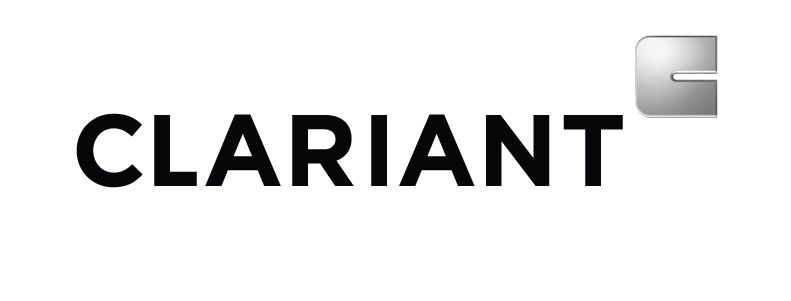Let’s explore why the transition to rice bran wax is not only beneficial, but essential to the future of the coatings and plastics industries.
The hidden cost of Montan wax: fossil fuel dependence

Montan wax is derived from lignite coal, a non-renewable fossil fuel. Here's why long-term reliance on fossil fuels is problematic:
- Environmental impact: Lignite coal processing has a significant contribution to greenhouse gas emissions1. These emissions are accelerating global warming, leading to rising temperatures, more frequent and severe natural disasters, and disruptions to ecosystems. Additionally, open-cast mining can be linked to deforestation, loss of biodiversity, and soil and water contamination2.
- Resource depletion: Fossil fuels are finite resources and continued reliance on them puts future generations at risk. Unlike renewable resources such as solar or wind power, fossil fuels are found in the earth's crust. They cannot be replenished on a human timescale3.
- Financial impact: The European Union's Emissions Trading Scheme (EU ETS) imposes a cost on CO2 emissions that is steadily increasing. In Germany, for example, the CO2 price per ton of emissions is set at €45, with a further increase to €55 planned for 2025, putting further pressure on industries to reduce their reliance on fossil fuels4. The rising cost of CO2 permits has already begun affecting the profitability of industries dependent on fossil materials. This is leading to higher operational costs for companies and increasing pressure to transition to cleaner, more sustainable resources5.
The rise of rice bran wax: a more sustainable solution
Rice bran wax is a by-product of the rice industry, making it a renewable and more environmentally friendly option. Unlike montan wax, which is tied to finite fossil resources, rice bran wax is derived from an agricultural source. This by-product utilisation means that rice bran wax not only avoids the environmental pitfalls of mining, but also adds value to an existing industry.
Clariant's LicocareTM RBW Vita rice bran waxes illustrate the potential of this bio-based alternative. With over 98% renewable carbon index, these waxes dramatically reduce the carbon footprint by up to 80% compared to fossil-based montan wax. This reduction in carbon emissions is a significant advantage in meeting both regulatory requirements and corporate sustainability goals.
Advanced performance with added benefits
It's easy to assume that choosing a more sustainable wax means sacrificing performance, but rice bran wax challenges that perception. In coatings, consumer and care products, it delivers impressive gloss, hardness and compatibility, offering performance that can be a great alternative to montan wax. In some cases, it even offers additional benefits, making it an excellent choice for applications as diverse as metal packaging coatings, furniture finishes, protective and powder coatings.
Licocare RBW Vita additives also function as effective lubricants, dispersion aids, and nucleating agents, suitable for engineering thermoplastics and biopolymers, further reducing the industry's reliance on fossil-based materials. By incorporating rice bran wax into plastic formulations, manufacturers can improve processing efficiency and enhance material properties. The latest formulations of rice bran waxes are designed to meet the high-performance demands of the coatings and plastics industries, while supporting the transition towards renewable and more environmentally friendly materials.
Now is the time to consider the switch
As the coatings and plastics industries continue to prioritize sustainability, the choice between montan wax and rice bran wax becomes clear. Montan wax, with its fossil origin and high environmental cost, has served its purpose but is under increasing pressure concerning sustainability aspects, making it a less viable option for the future. Rice bran wax, with its renewable origins and high performance, represents the future of sustainable coatings and plastics.
By considering the adoption of rice bran wax, scientists, product managers, and formulators have the potential to contribute to environmental improvements while aiming to maintain, or possibly enhance, product performance as companies can support several UN Sustainable Development Goals (SDGs), including SDG 12: Responsible Consumption and Production and SDG 13: Climate Action, by reducing reliance on fossil materials and lowering emissions. The shift to rice bran wax drives innovation and offers a significant opportunity to align with broader sustainability goals.
The animation video file to the blog page is available by request.
4 - https://www.bundesregierung.de/breg-de/aktuelles/co2-preis-kohle-abfallbrennstoffe-2061622
5 - https://www.bcg.com/publications/2021/eu-carbon-border-tax

